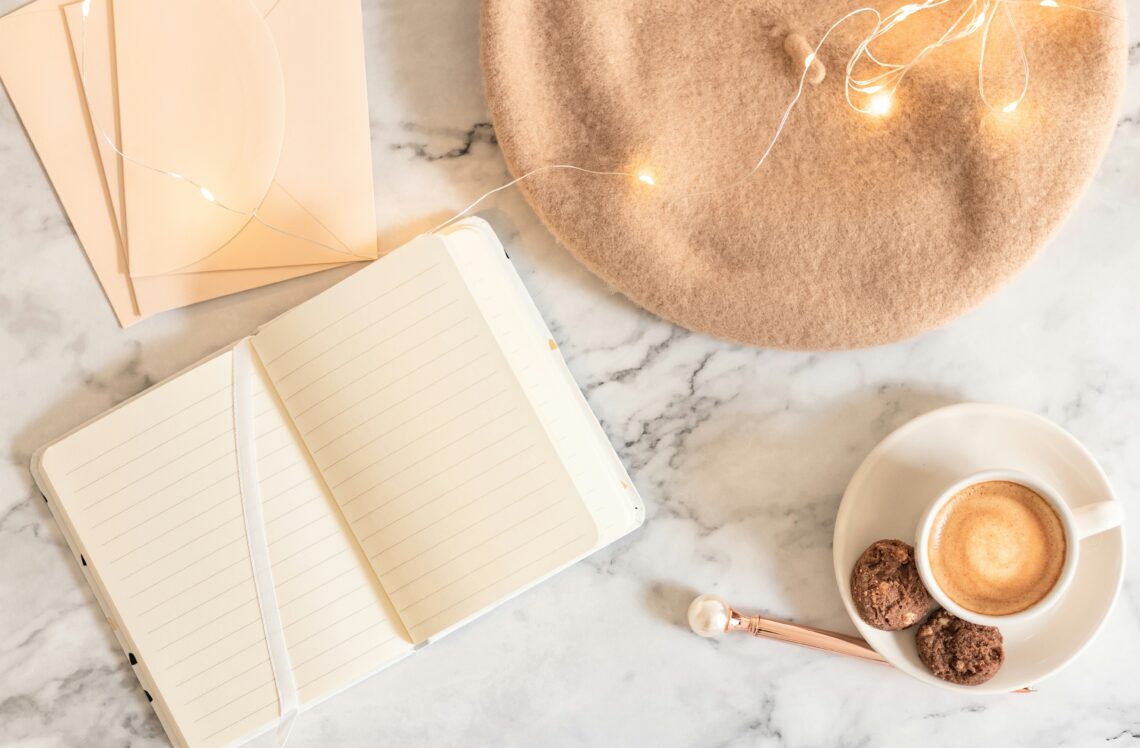Do you ever feel like you’re constantly searching for that one thing that’ll finally make you feel more grounded, more focused, or just… better? I definitely have, and that’s kind of what sparked my whole self-improvement journey.
Today, I thought we could really start getting into it. Like I mentioned in my previous article, I’m still figuring out my calling and working on becoming the best version of myself. And now that we know each other a bit better, I think it’s time to talk about some of the methods that might actually help us get there.
If you’ve ever searched for self-improvement online, you’ve probably seen techniques like journaling, meditation, affirmations, and gratitude popping up everywhere. They’re supposed to help shift our mindset, improve how we feel, and even change our lives. But do they actually work?
In this article, I’ll break down some of these popular methods, explain how they work, and share practical tips on how to use them in your daily life. This is a rather general overview, and I’ll be digging deeper into each of these practices in future articles. Let’s get started!
Journaling
Journaling is essentially writing down your thoughts, feelings, and experiences to gain clarity, process emotions, and increase self-awareness. There are different approaches to journaling, including free writing (where you just let your thoughts flow onto the page) and prompt-based journaling (where you use specific questions to guide your reflection).
How to Practice It:
- Choose Your Style: If you prefer structure, go for prompts. If you like to let your mind wander, stick to free writing.
- Set a Timer: Start with 5-10 minutes each day, so it doesn’t feel overwhelming. You can then increase that time as you start feeling more comfortable. Note that the time is just an indicator — if you feel inspired, don’t hesitate to continue writing even after the timer rings.
- Be Consistent: Try to make it a daily habit, even if it’s just a few sentences. Yes, there’ll be days when you don’t have much to write about, and that’s okay! Don’t pressure yourself; you’ll find more and more things to write about as you go.
My Experience: I’ve tried journaling in the past, but my relationship with it has always been a bit on and off. About a month ago, I committed to it daily (okay, I missed one day, but that’s still pretty good for someone who usually struggles to keep up any new habit). And honestly, I’m loving it. Journaling makes me feel lighter, almost like I’m freeing up mental space for clearer thinking and new ideas. It’s a habit I definitely want to keep up, and I plan to experiment with prompts soon. (I’ll do a full article on journaling once I have enough insights to share with you.)
Meditation
Meditation is the practice of focusing your mind and calming your thoughts, usually through deep breathing or mindfulness. It’s often recommended for reducing stress, improving focus, and finding inner peace.
How to Practice It:
- Start Small: Just 5-10 minutes a day is enough to get started.
- Find a Quiet Space: Choose a calm environment where you won’t be disturbed.
- Find a Comfortable Position: You can sit on a chair, on the floor, or even lie down. Just make sure you’re comfortable (but not so comfy that you end up falling asleep).
- Focus on Your Breath: Notice your breath going in and out. When your mind wanders (and it will), gently bring it back.
It can be a bit complicated to know what to do at first, so if you need more guidance, you can look up “guided meditations” on YouTube and pick one that’s right for you.
My Experience: I’ve tried meditating in the past, and yes, it did calm me down, but I never stuck with it long enough to see long-term benefits. This is something I really want to work on, as I’m convinced it has amazing long-term effects. I might explore different types of meditation in a future Glow Note or full article, so stay tuned if you’re interested.
Positive Affirmations
Positive affirmations are short, powerful statements that you repeat to yourself to challenge negative thoughts and rewire your subconscious mind. The idea is that if you say these things often enough, your brain starts to believe them.
How to Practice It:
- Pick a Few Key Affirmations: Choose ones that resonate with you, like “I am confident,” “I am capable,” or “I attract success.” Make sure these affirmations start with “I” and are in the present tense.
- Repeat Them Daily: Say them out loud in front of a mirror or anytime during the day in your mind. You can also write them down or listen to them as subliminals.
- Be Consistent: The more often you repeat them, the more effective they’ll be. If you’re worried about forgetting, try setting an alarm or leaving notes around your house—for example, on your mirror—so every time you pass by, you say the affirmation.
My Experience: I’ve tried this too, but only in short bursts. I tend to forget, so sometimes I listen to subliminals instead. These are affirmations repeated at a frequency your conscious mind doesn’t pick up, so they go straight to your subconscious. If you’re curious, let me know and I might share my experience if I dive deeper into this.
Gratitude
Gratitude is about focusing on the positive aspects of your life and being thankful for what you have. It’s said to shift your mindset and make you a more positive, resilient person.
How to Practice It:
- Keep a Gratitude Journal: Write down three things you’re grateful for each day. If you don’t want to buy a journal, there are plenty of free apps—or you can just use your phone’s notes or send yourself texts.
- Make It a Daily Habit: Practice it in the morning to start your day positively or in the evening to reflect on your day. But really, any time of day works. Consistency is key.
- Notice the Little Things: Gratitude doesn’t have to be about huge moments—appreciate the small stuff, like a good cup of coffee or a sunny day. Some days you might feel like you don’t have much to be grateful for, and that’s okay too. On those days, try to dig deep—there’s no right or wrong. And if you can only find one thing, that’s great. Go at your own pace.
My Experience: I don’t keep a traditional gratitude journal, but I used to use a gratitude app (I reached 90 consecutive days writing down at least three things I was grateful for). Now, I just make it a habit to thank the universe either out loud or in my head whenever something good happens. It might seem small, but this simple practice really does make a difference when done consistently.
Final Thoughts
Of course, self-improvement is about way more than just these few techniques, but these are some of the most accessible and widely recommended ones. Just a little time, patience, and consistency can go a long way.
On my end, I’m going to keep focusing on journaling for now, and I might add some of these other techniques as I go. If I do, you’ll definitely hear about it in the Glow Notes section. 😉
What about you? Will you try one of these? Let me know in the comments, and let’s keep each other accountable.
Remember, small steps lead to big changes. Let’s glow up together 💫


